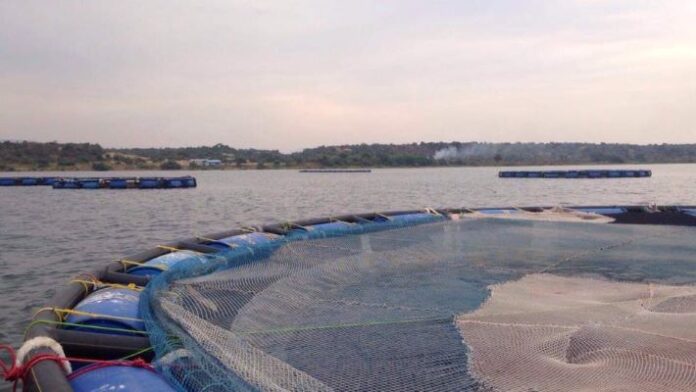
An easy-to-use mobile application by Uganda researches is now cutting the cost of data collection and analysis in the country’s fishery sector by almost 80 per cent as compared to the previous manual system.
Through the mobile app, electronic Catch Assessment Survey (e-CAS), over 670 Ugandan stakeholders of the fish value chain are accessing comprehensive fisheries data from Lakes Albert and Victoria, in real time.
According to Patrick Bwire, systems administrator at the National Fisheries Resources Research Institute (NaFIRRI), since the system was set up, over 12,000 data records have been easily documented and consolidated at cheaper cost.
The previous manual approach cost the government about USh400 million (US$106,340) per year, according to Bwire, but e-CAS has brought the cost down to around USh80 million (US$21,270),” said Bwire adding that it would normally take two days to physically carry out and look at the census of the boats and the fish landed to make an estimate of the fish stocks.
Lake Victoria Fisheries Organization (LVFO), with financing from EU Implementation of Fisheries Management Plan (IFMP) project and Lake Victoria Environmental Management Project Phase Two (LVEMP-II), has been coordinating CAS on a regular basis from 2005 to 2015. However, due to the high cost of implementing the survey and limited funding, no CAS was conducted after 2015.
CAS has now resumed since the launch of e-CAS on 6th March 2020 in Nairobi and its recent adoption in Uganda.
The country’s lake management officials, researchers, and policymakers, among others, now can freely access fish value chain information to make informed decisions around fisheries management.
Trained data collectors consult with fishers to update the app with data such as fish catch quantity, type of fishing nets and boats used, and how much money the fishers expect to earn.
Data accommodation
With the potential to accommodate an unlimited number of data sets including fisheries surveys, aquaculture, socio-economics, and marketing, the system is an invaluable resource for the sustainable development of fisheries for wealth creation, employment, and food security.
“Before the app, we used papers to ask questions to the fishers. It was a tiresome job because it took a lot of time and could take weeks before an official agent would collect the files,” says Ocakacon Muhammed, a trained data collector based at Lake Albert.
Peter Enyou, another enumerator at Kikondo landing site on Lake Victoria, explains that the previous system often led to data inaccuracies, “With the paper system, someone could just sit at home and guess where a boat had been and what fish were caught, but with the e-CAS technology and GPS coordinates, even head office in the city knows where the boats are, so enumerators cannot make it up.”
The system design
The system is designed for real time data capture, analysis and timely reporting. It consists of two synergistic applications namely mobile and web.
The mobile is mainly to serve as a data capture in the field while the web application is best suited for reporting and system management.
e-CAS is now freely accessible through the Google Play Store and the benefits of the technology were immediately recognized by the NutriFish project in Uganda.
NutriFish, funded by the International Development Research Centre, Canada, and the Australian Centre for International Agricultural Research, has developed and customized e-CAS to suit the local context by, for example, including local names for fish species.
“Under NutriFish, e-CAS was piloted at six landing sites on Lake Albert and further expanded to three landing sites on Lake Victoria in 2022,” says Jackson Efitre of the NutriFish project.








[…] Source […]
[…] Related Article […]
Comments are closed.